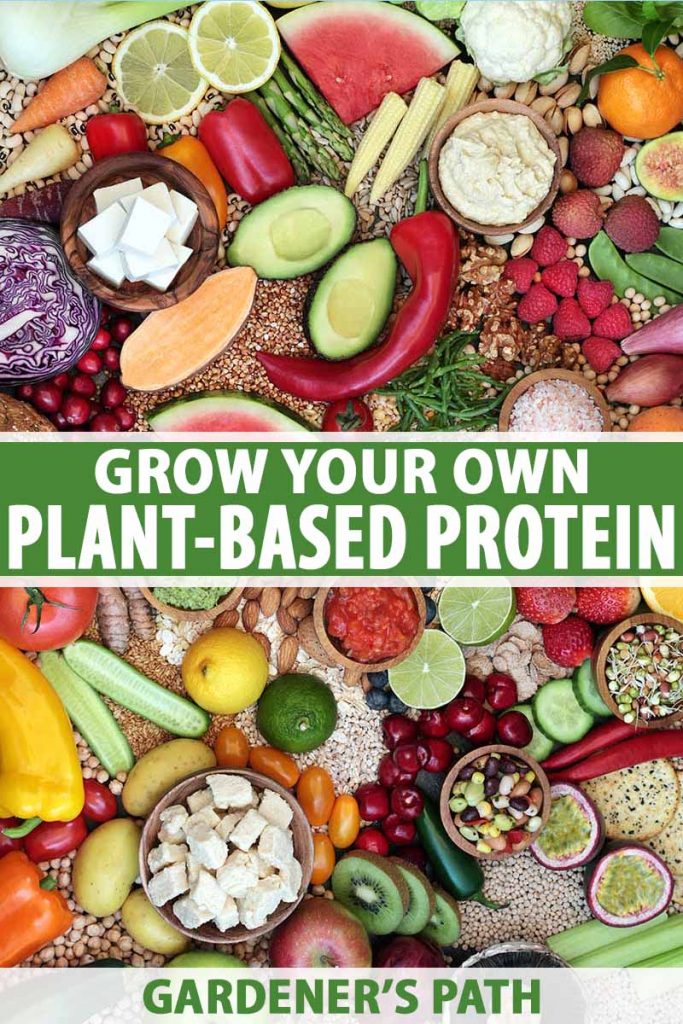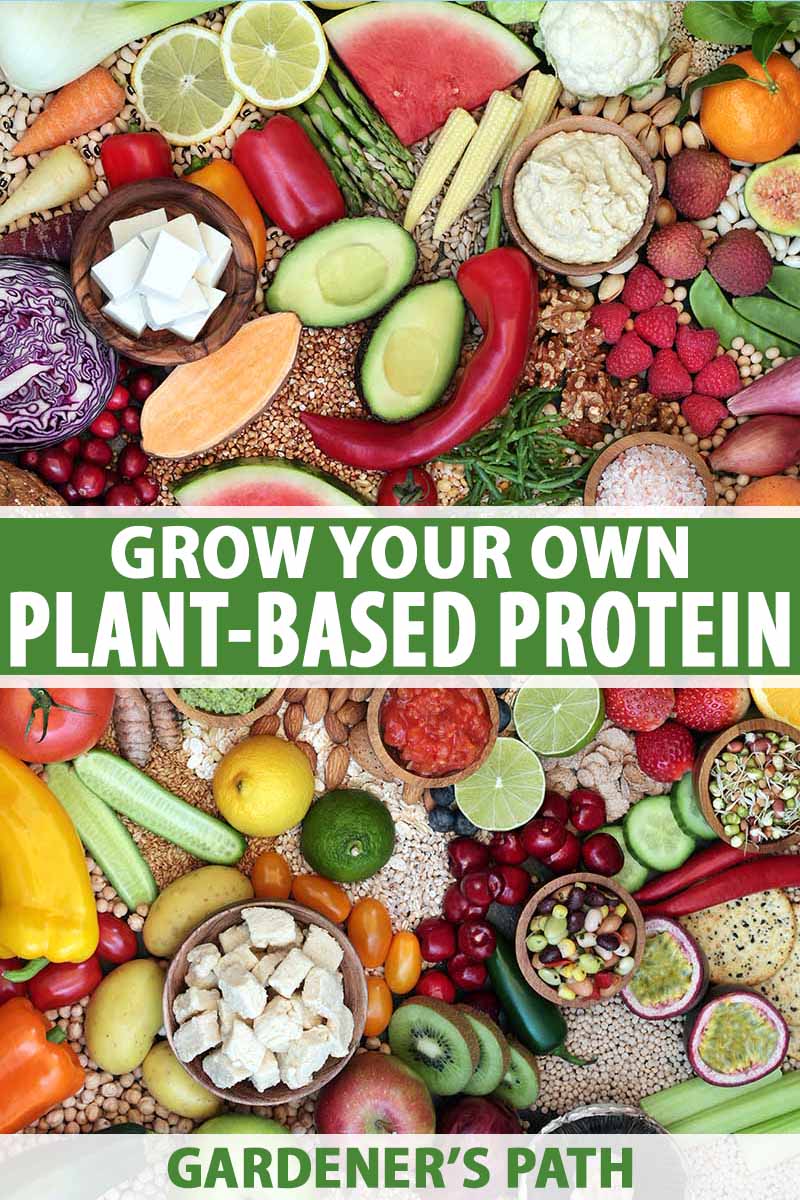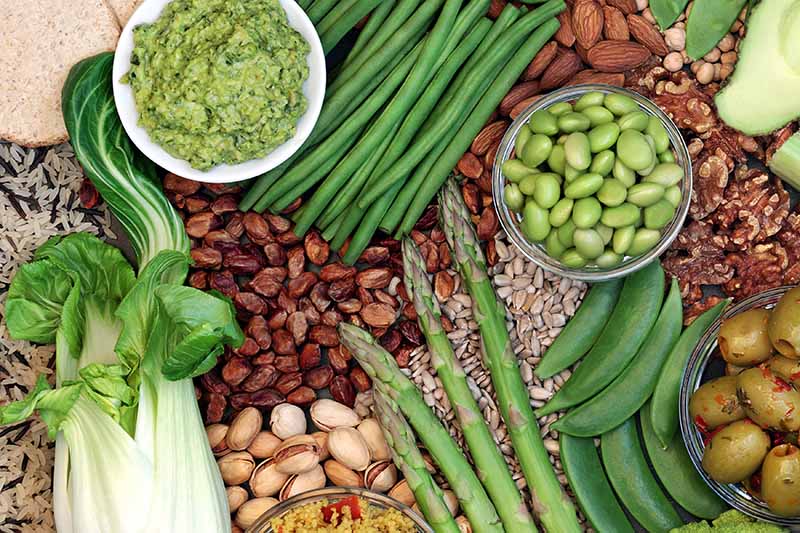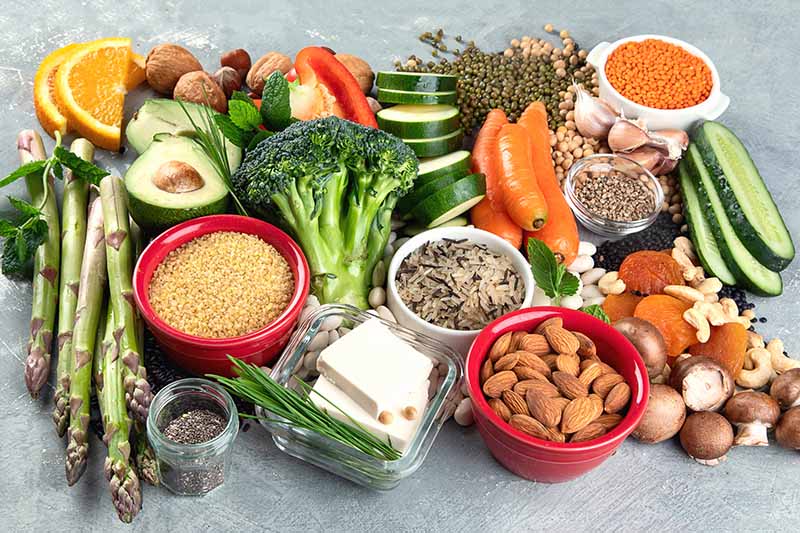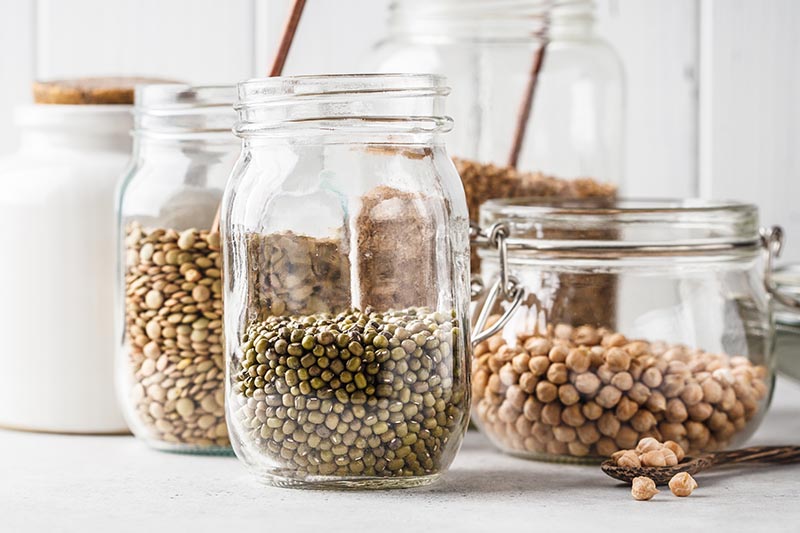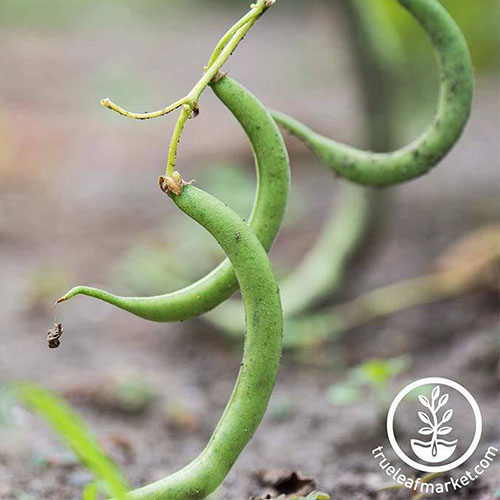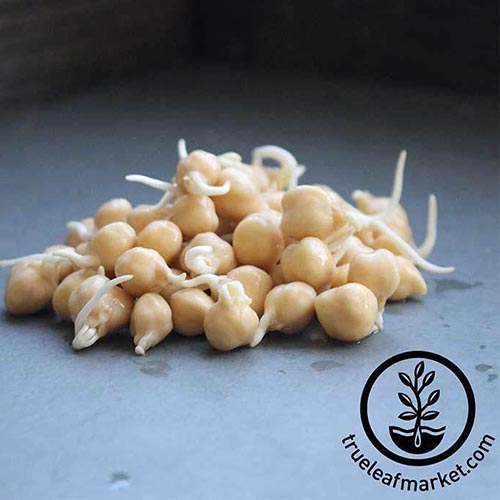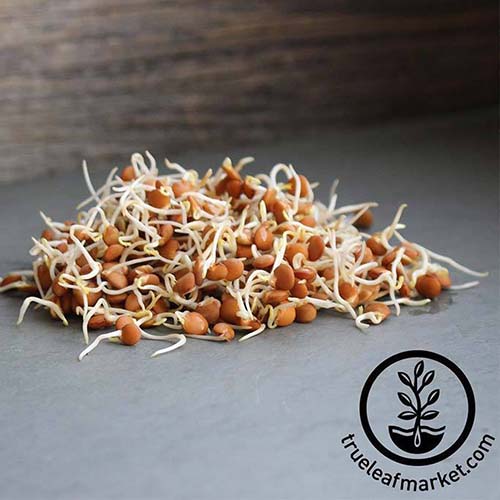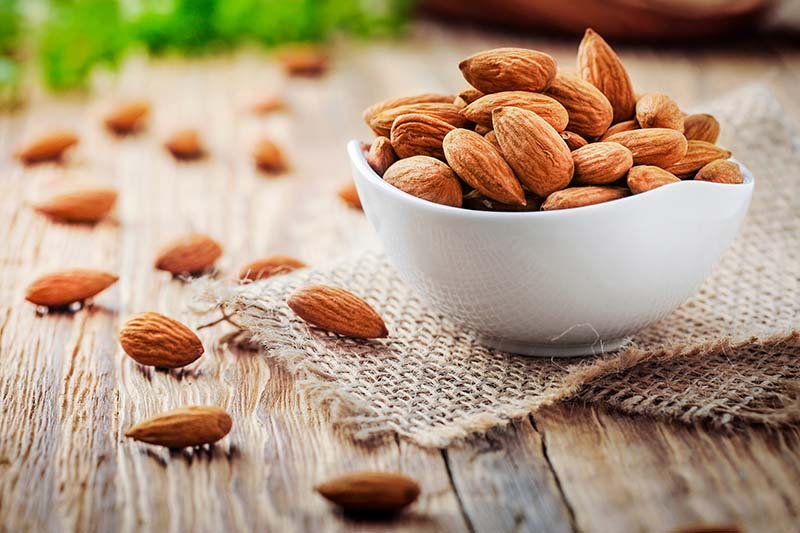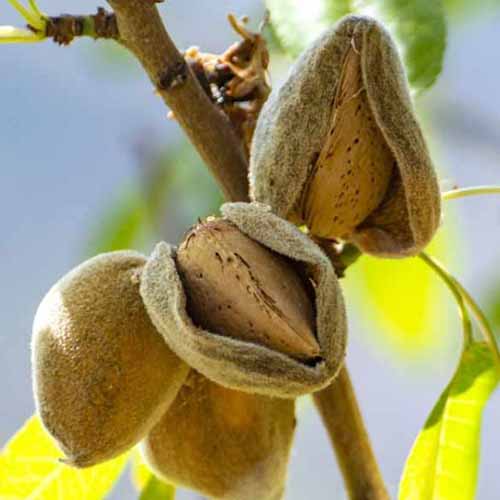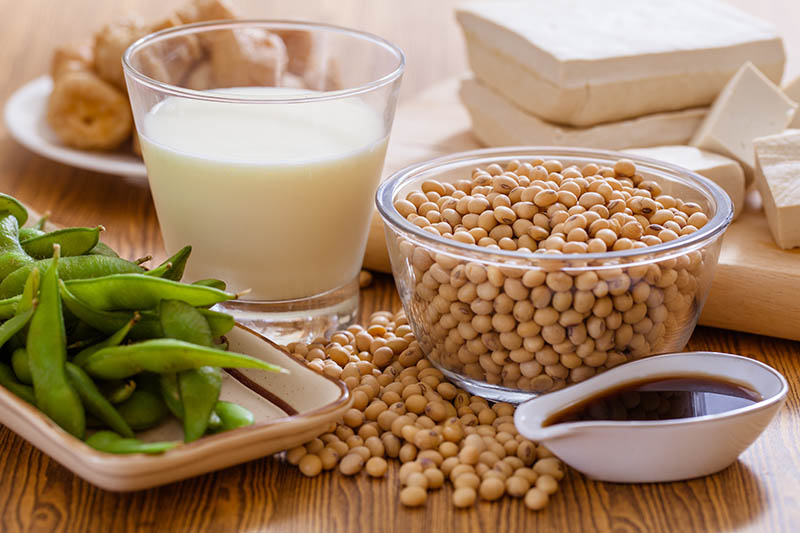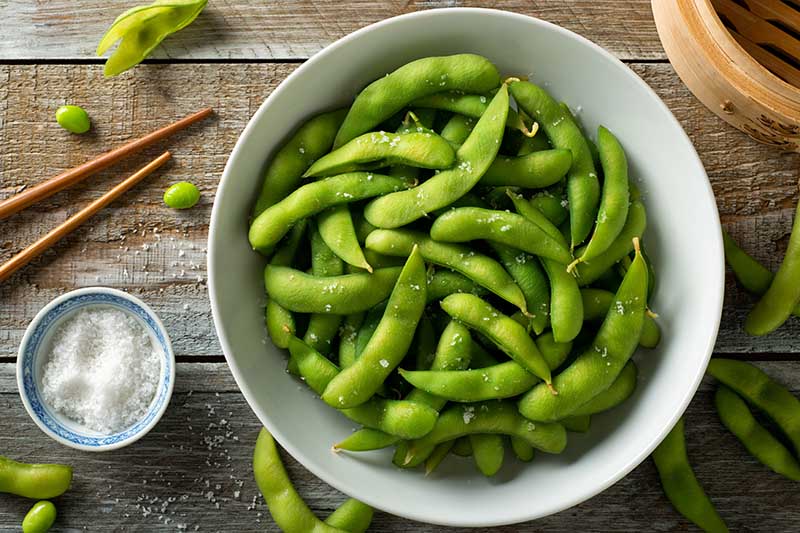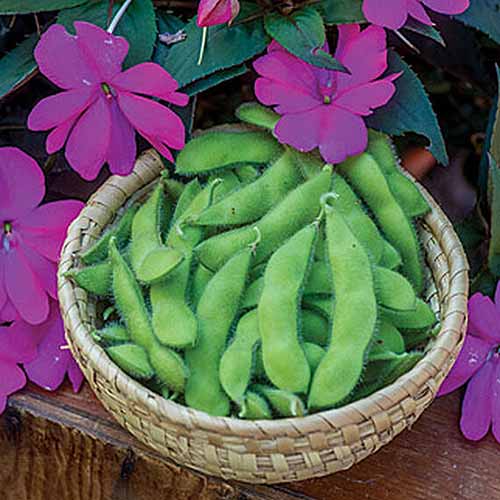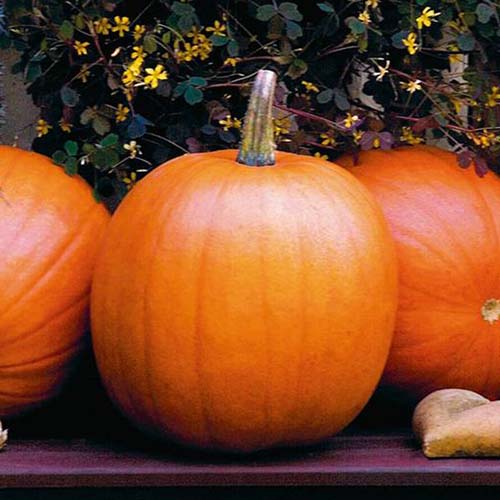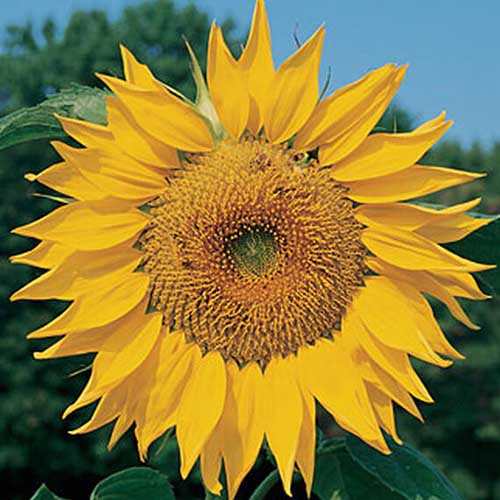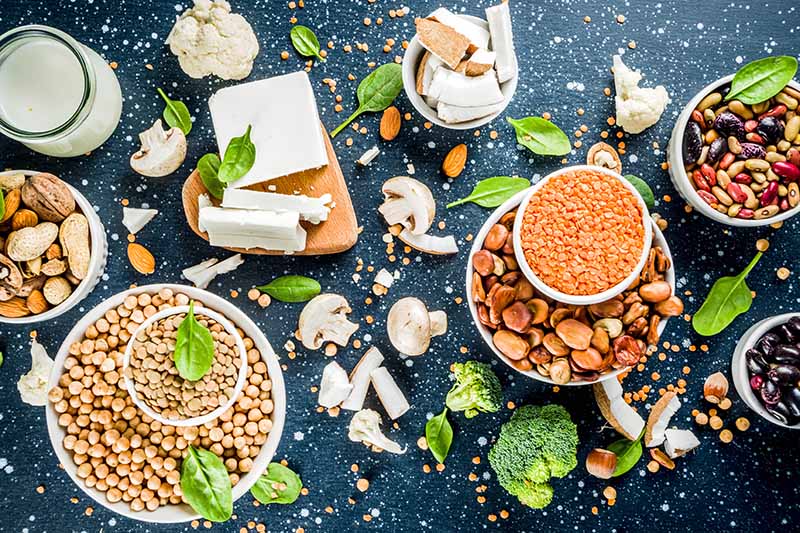Fortunately, a variety of plant-based protein sources are readily available both on grocery store shelves and in our gardens! If you want to meet your daily protein needs without considering meat or animal products, you have options. We link to vendors to help you find relevant products. If you buy from one of our links, we may earn a commission. Here is what we will cover:
What Is Protein?
Protein is one of the three macronutrients, along with carbohydrates and fat, that provides us with energy. Protein is used to build muscle, and to make enzymes and hormones. It offers us four calories of energy per gram. Protein requirements vary from person to person based on sex, body size, physical activity, and medical conditions.
A general rule of thumb is 0.8 grams of protein per kilogram of body weight. For example, if someone weighed 150 pounds, or 68 kilograms, their estimated daily protein need would be 54 grams. A more general estimation is to say that 10-35 percent of the calories you eat should come from protein. If you typically eat around 2000 calories per day, your protein intake should be about 200-700 calories or 50-175 grams.
Amino Acids
Proteins are made up of amino acids. Our body breaks down the proteins we eat, and then uses these amino acid building blocks to create the proteins it needs. Some amino acids can be made in the body by rearranging other compounds. Other amino acids can only be obtained from our diet – these are called essential amino acids.
Dietary Protein Sources
Meat and dairy products are major dietary sources of protein. A medium chicken breast contains 36 grams of protein, and an 8-ounce glass of milk contains 8 grams.
These sources are considered “complete proteins,” because they contain all of the essential amino acids that we need to be healthy. Many plants also contain protein, typically in smaller amounts by weight. Most plants are described as “incomplete proteins” because they only contain some of the essential amino acids. But the good news is that amino acids from various plant-based sources can be paired up in our diets, to ensure that our intake of food includes everything we need. Looking back to some of the first plant-based nutrition advocates, like Frances Moore Lappe in her seminal work “Diet for a Small Planet”, it was thought that you had to pair specific plants together in the same meal to make a complete protein (for example, beans with rice). We now know that amino acids are stored in pools in our bodies. As long as you are getting an assortment of amino acids in your diet throughout the day, your body can produce all of the proteins it needs from these building blocks.
Health Benefits of Plant-Based Protein
Including more plant-based foods and meals in our diets can offer a variety of health perks. Plant-based proteins are generally lower in calories and saturated fat than their animal-based counterparts. They are also higher in fiber and vitamins than meat. Additionally, following a more “flexitarian” diet that contains more plant products, or a vegetarian or vegan diet, may help to lower the risk of certain cancers. You don’t need to overhaul your diet completely to reap the benefits. Even sitting down to a few meatless meals per week, filled with delicious homegrown produce, can make a positive impact!
High-Protein Plants
So, you want to increase your plant-based protein intake. Which plants should you look to?
Pulses are the seeds of legume plants, and this category includes lentils, peas, and beans.
Black Beans
One-half cup of black beans contains seven grams of protein. They are delicious served on their own, in dips, and smashed into homemade veggie burgers, like these from our sister site, Foodal. You can grow your own black beans in either bush or pole varieties.
‘Black Valentine’ Black Beans Phaseolus vulgaris ‘Black Valentine’ is a bush cultivar that promises high germination rates. Seeds are available in a variety of packet sizes at True Leaf Market.
Chickpeas
Chickpeas (aka garbanzo beans), Cicer arietinum, offer 10 grams of protein per half cup, and a variety of culinary uses. These seeds are not typically found in gardening stores and may need to be ordered online.
Chickpeas Sprouting chickpea seeds are available at True Leaf Market. Add a row or two to your own garden, and then try these smoky and spicy roasted chickpeas, also from Foodal.
Lentils
Lentils, Lens culinaris, make a great replacement for some or all of the ground meat in tacos or meatloaf. Whole lentils (not split) can be planted in early spring to grow your own. Common varieties of lentils include green, brown, and red.
Red Lentils One-quarter cup of lentils provides 11 grams of protein. You can find sprouting red lentils available from True Leaf Market.
Nuts
Nuts provide protein and healthy unsaturated fats. Nuts grow on trees, whereas peanuts – often included in this category – grow underground and are actually a type of legume.
If you’re looking to grow your own, the ‘Texas Mission’ almond tree produces beautiful white flowers and delicious nuts!
‘Texas Mission’ Almond Tree Trees in #3 containers are available from Nature Hills Nursery. Pecans are another popular tree nut to grow at home. One half-cup offers six grams of protein and an additionally beneficial six grams of dietary fiber. Almonds have six grams of protein per quarter cup, as do pistachios. One ounce of peanuts contains seven grams.
Soy
Soybeans, or edamame, are one of the most prevalent protein sources used in plant-based alternatives to meat and dairy products. Soy milk, soybean burgers, soy protein powders, and tempeh (fermented soy) are just a few examples.
Another type of legume, soy sometimes has a bad rap, as consuming this member of the legume family has been linked with certain cancers and lower testosterone levels. These claims are not founded in solid research, and eating a moderate amount of soy-based products is perfectly healthy for most individuals.
Edamame, or plain steamed soy beans, provide nine grams of protein per 1/3 cup. One cup of nonfat soy milk provides six grams of protein, close to that of cow’s milk. Many commercial soy milks also have a higher amount of added sugars, so this is something to be aware of when purchasing. Growing your own soy is easier than you may expect.
‘Chiba Green’ Soy Try this ‘Chiba Green’ organic variety, available from Burpee.
Additional Sources
Other plant-based foods offer protein as well.
Some garden veggies provide smaller amounts of protein, which can add up when consumed throughout the day. Kale packs 2.9 grams per cup, mushrooms offer 2.2 grams, broccoli provides 2.5 grams, and artichokes contain three grams. Whole grain products like wheat bread or brown rice are generally higher in protein than their refined counterparts. Brown rice has eight grams of protein in a half cup. Seeds are also a source of protein that may come as a surprise to those not in the know. Pumpkin seeds offer eight grams of protein in 1/4 cup, and 1 ounce of sunflower seed kernels contains five grams.
‘Jack-O-Lantern’ ‘Jack-O-Lantern’ pumpkins are a great all-around choice for carving, baking, and for seeds. To start your own pumpkin patch, you can find seeds available at Eden Brothers and you can read more about growing your own here.
‘Mammoth’ Sunflower ‘Mammoth’ sunflowers grow large heads, meaning plenty of seeds! Find packets of 150 seeds available at Burpee. Check out this guide to learn how to harvest homegrown sunflower seeds.
Plant Protein Power
Whether it comes from beans, seeds, nuts, or grains, know that it is totally possible to meet your protein needs without consuming meat or animal products. Growing protein sources in your garden is a relatively simple and economical way to help the environment, and improve the quality of your diet.
Do you plan to include more meatless meals in your diet? Are there any plant-based protein sources described here that you were surprised by? Let me know in the comments! To read more about plant-based nutrition, check out these articles next:
Get Your Daily Dose of B Vitamins with These Homegrown Vegetables Top 10 Reasons to Love Tomatoes and Add More to Your Diet Healthy Purple Produce: Should You Eat More Purple Fruits and Vegetables
© Ask the Experts, LLC. ALL RIGHTS RESERVED. See our TOS for more details. Product photos via Burpee, Eden Brothers, and True Leaf Market. Uncredited photos: Shutterstock. The contents of this article have been reviewed and verified by a registered dietitian for informational purposes only. This article should not be construed as personalized or professional medical advice. Gardener’s Path and Ask the Experts, LLC assume no liability for the use or misuse of the material presented above. Always consult with a medical professional before changing your diet, or using supplements or manufactured or natural medications.
